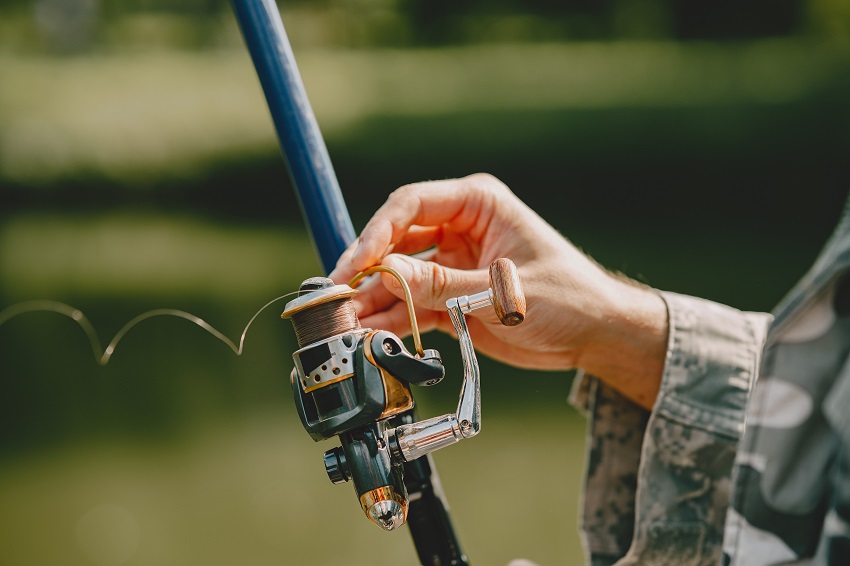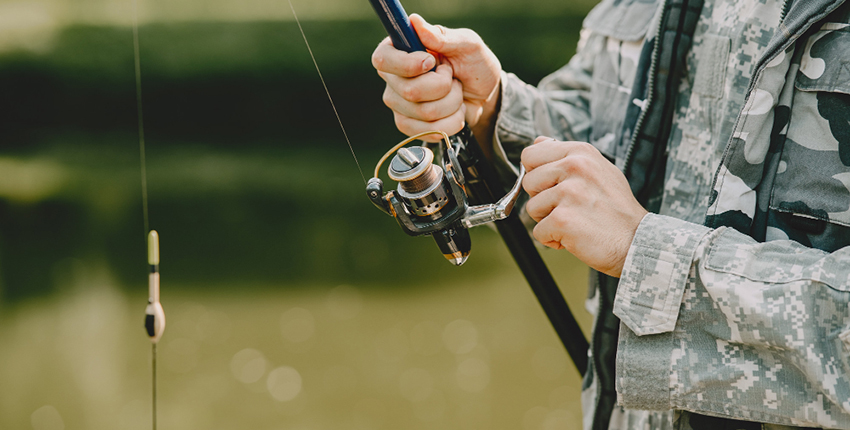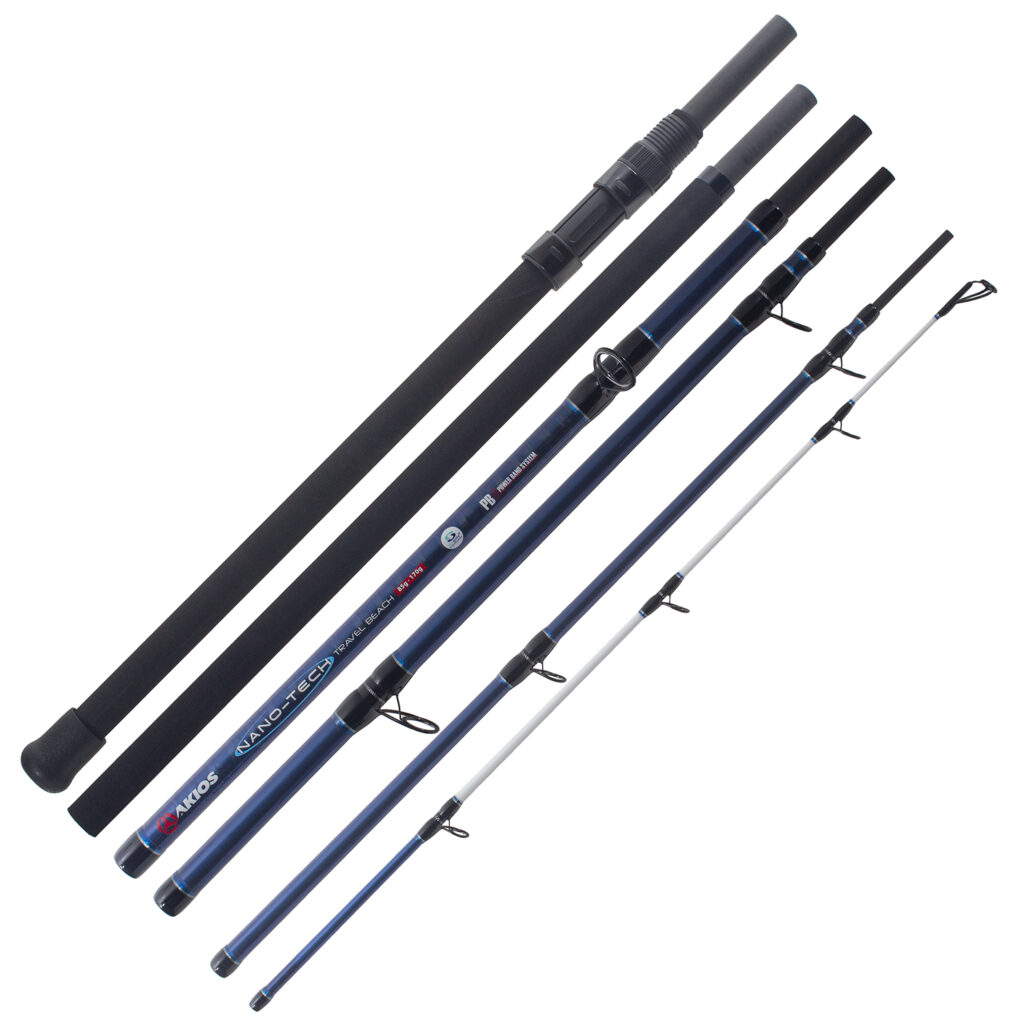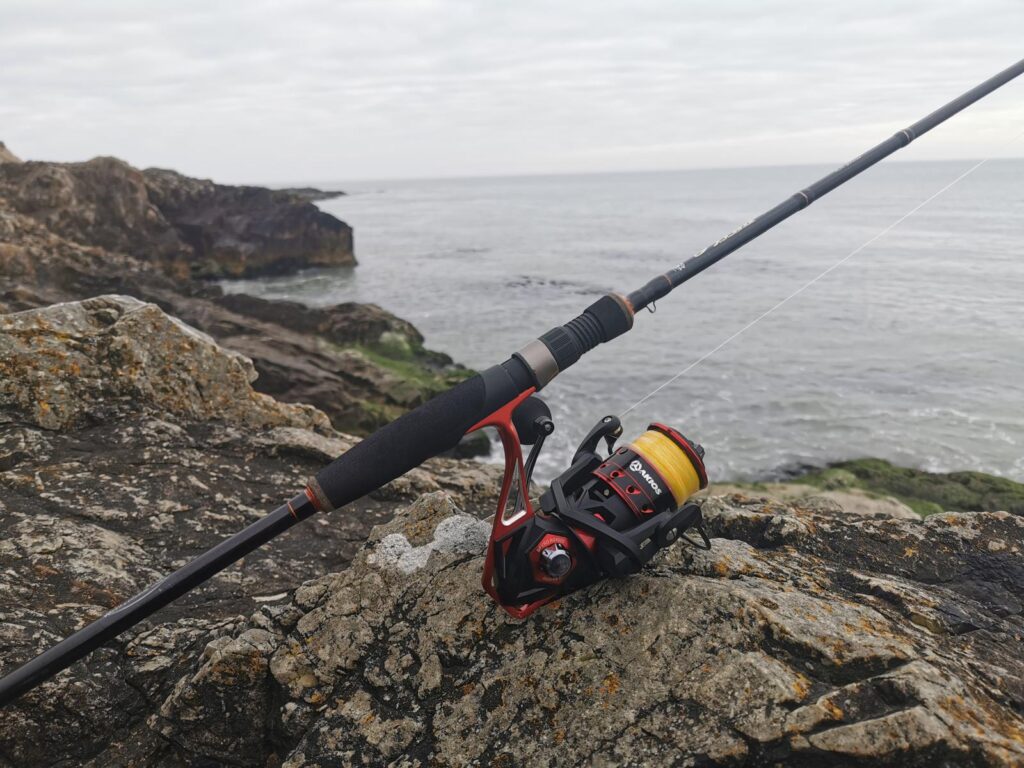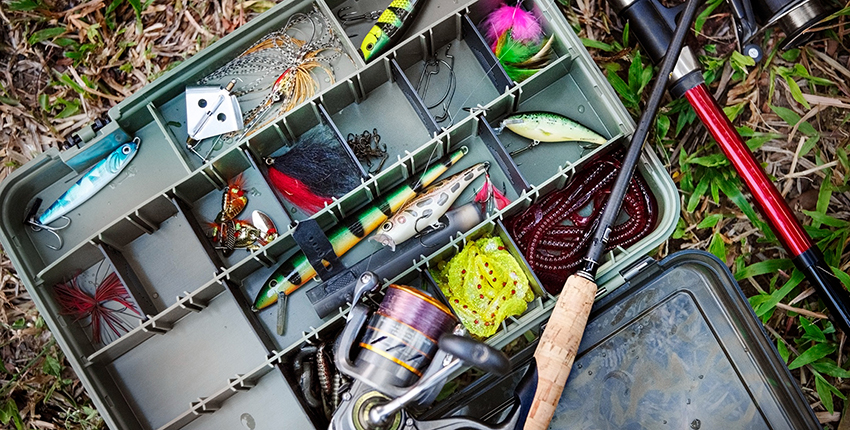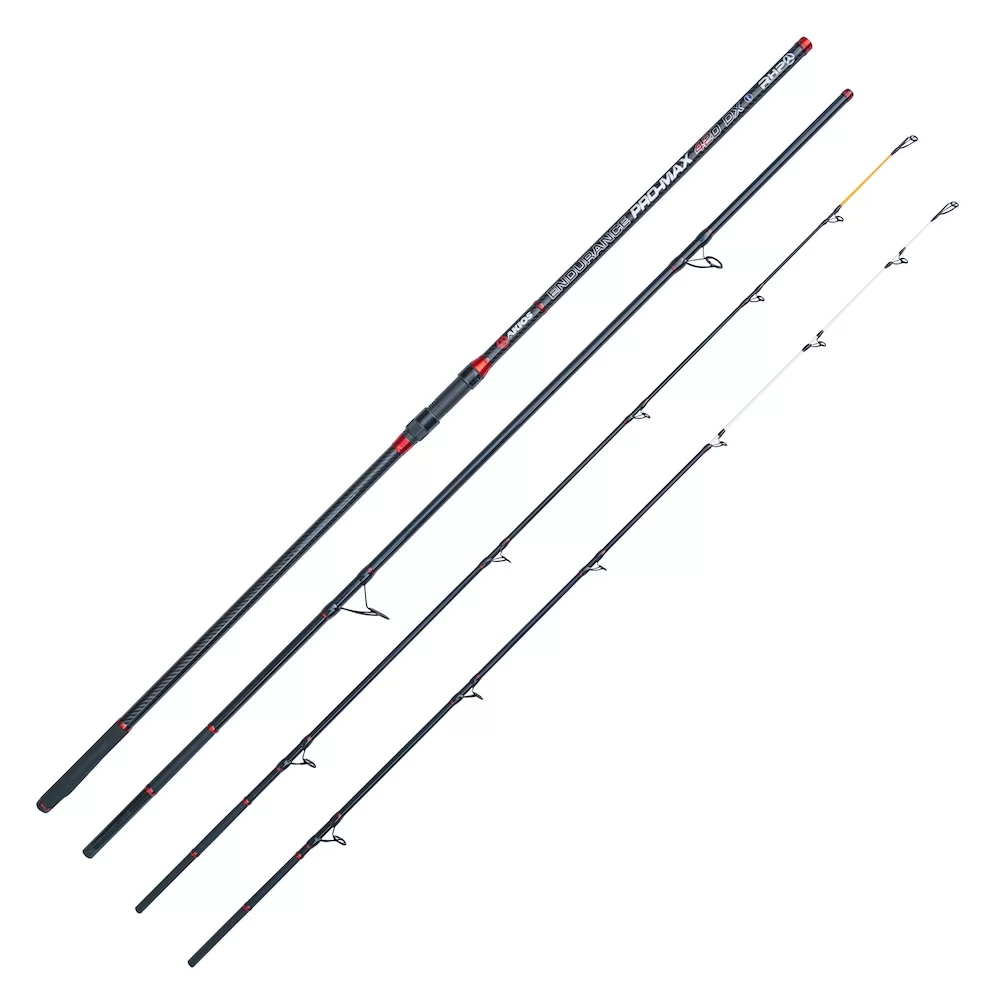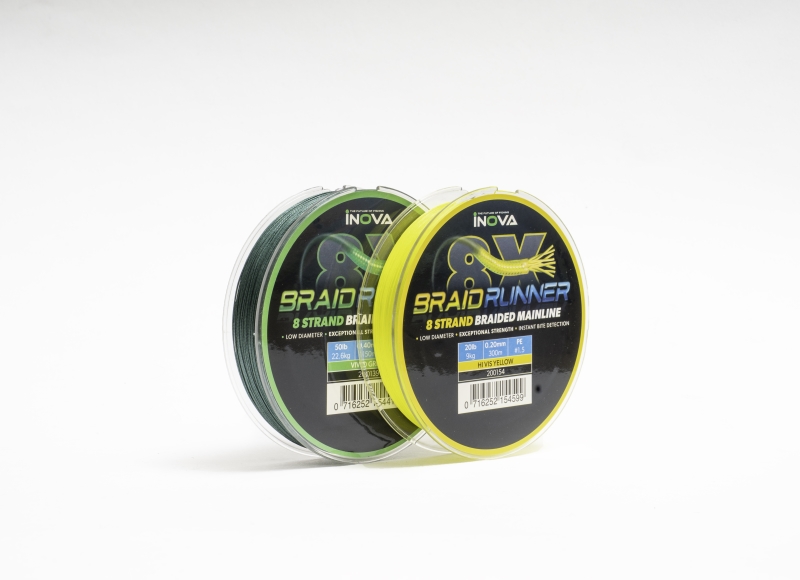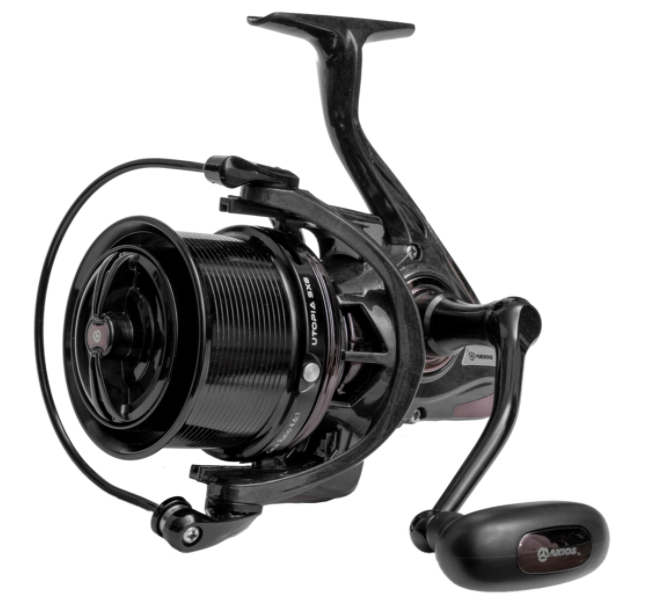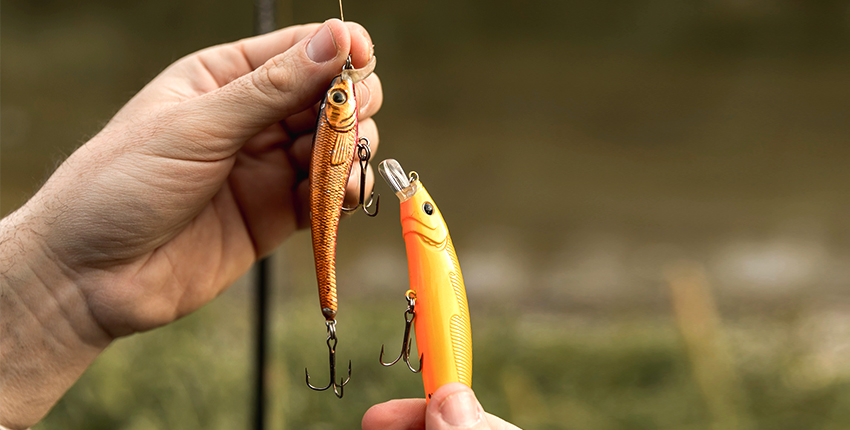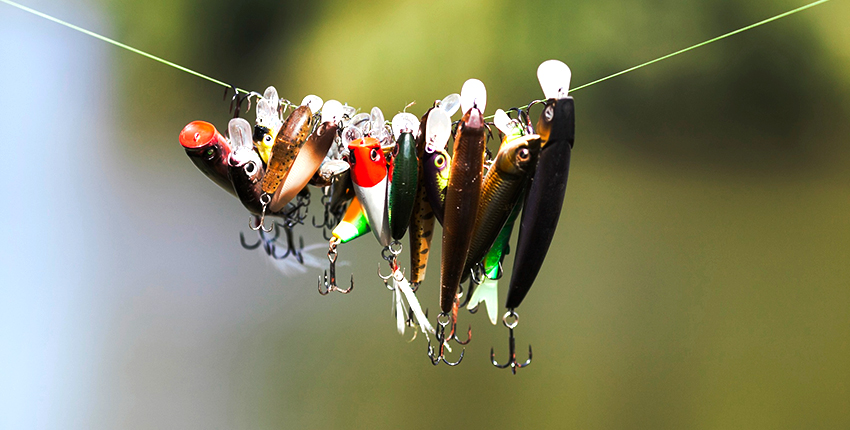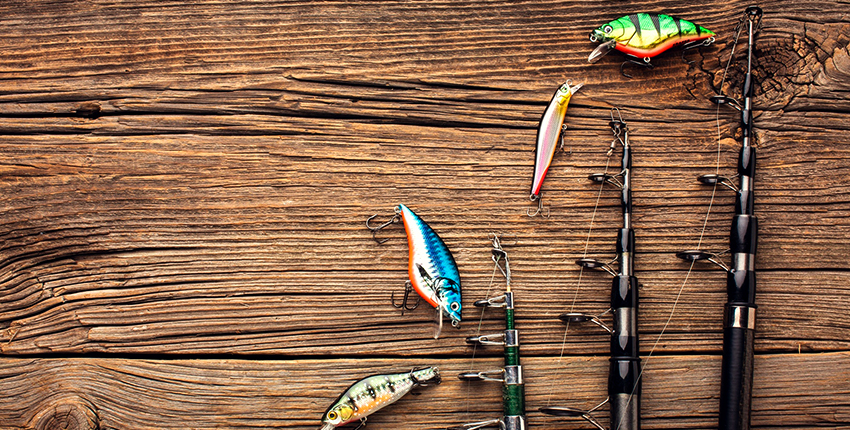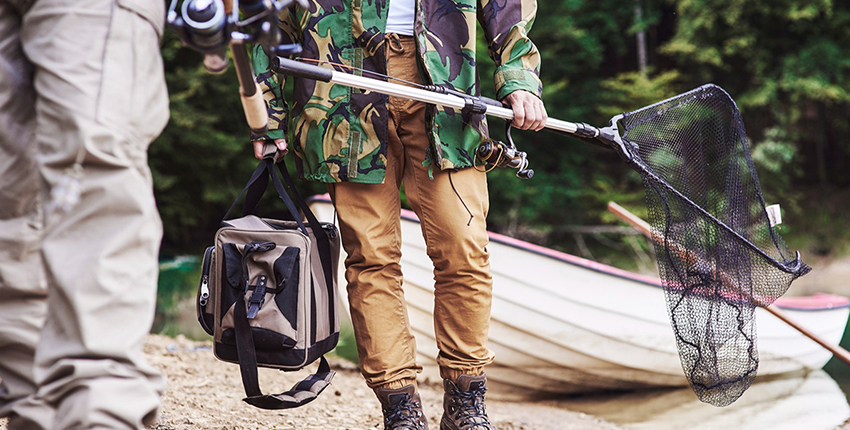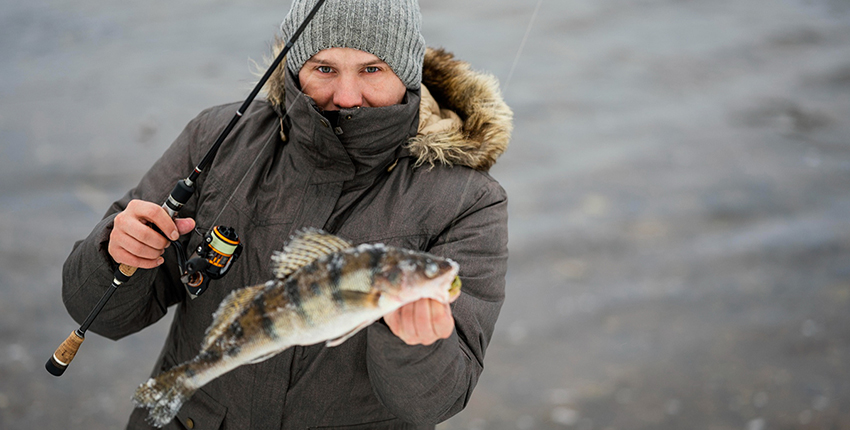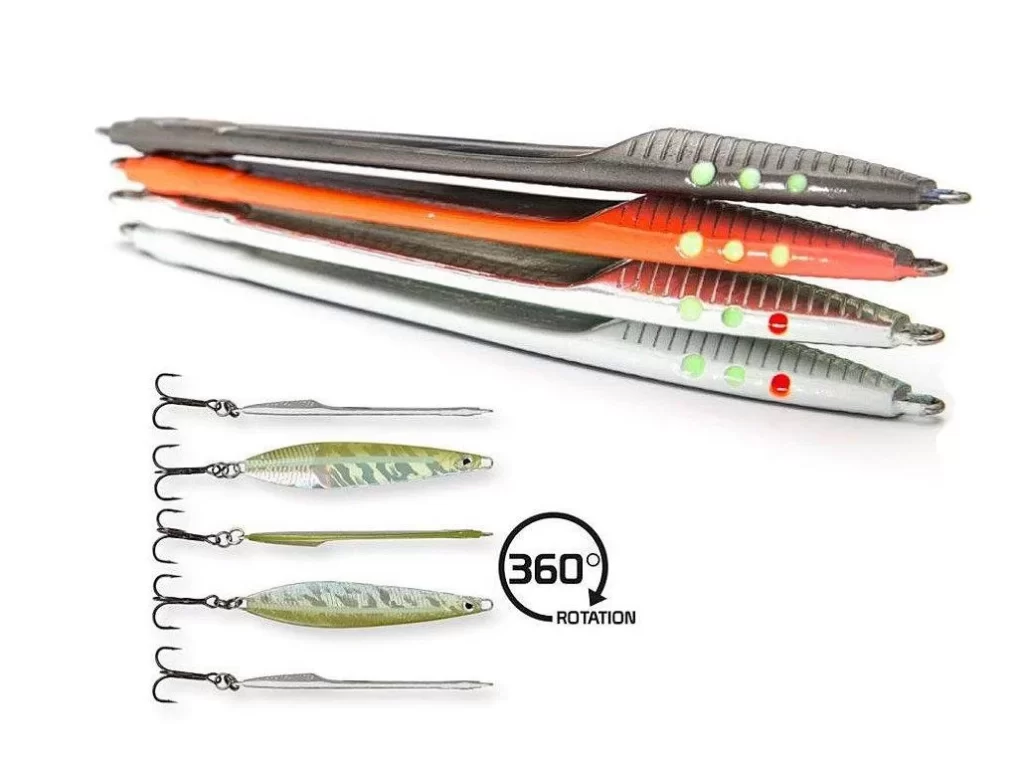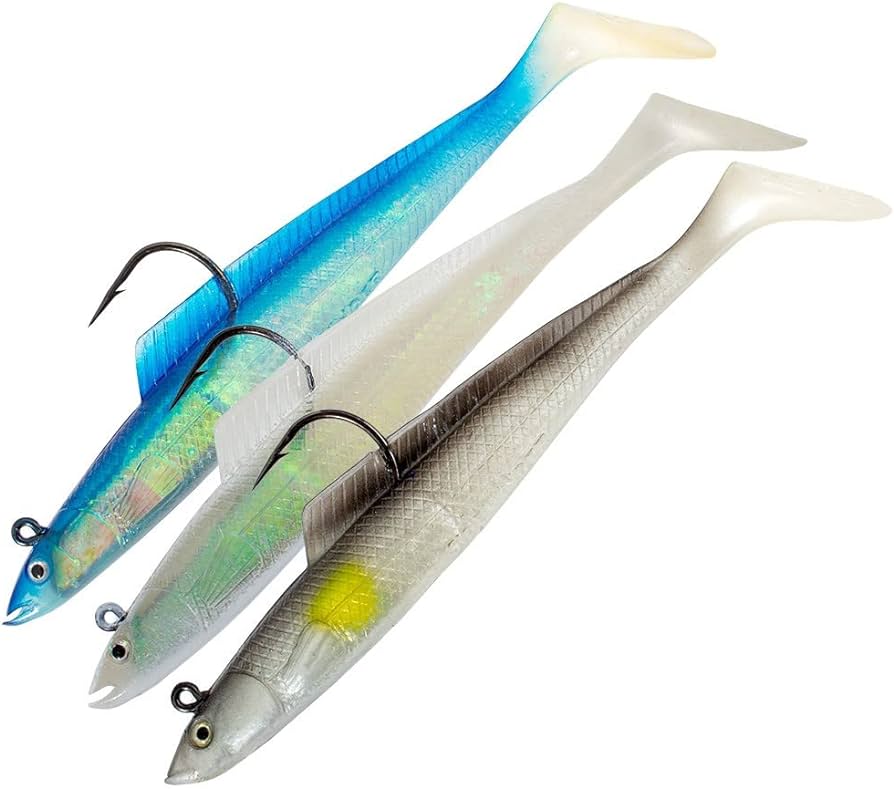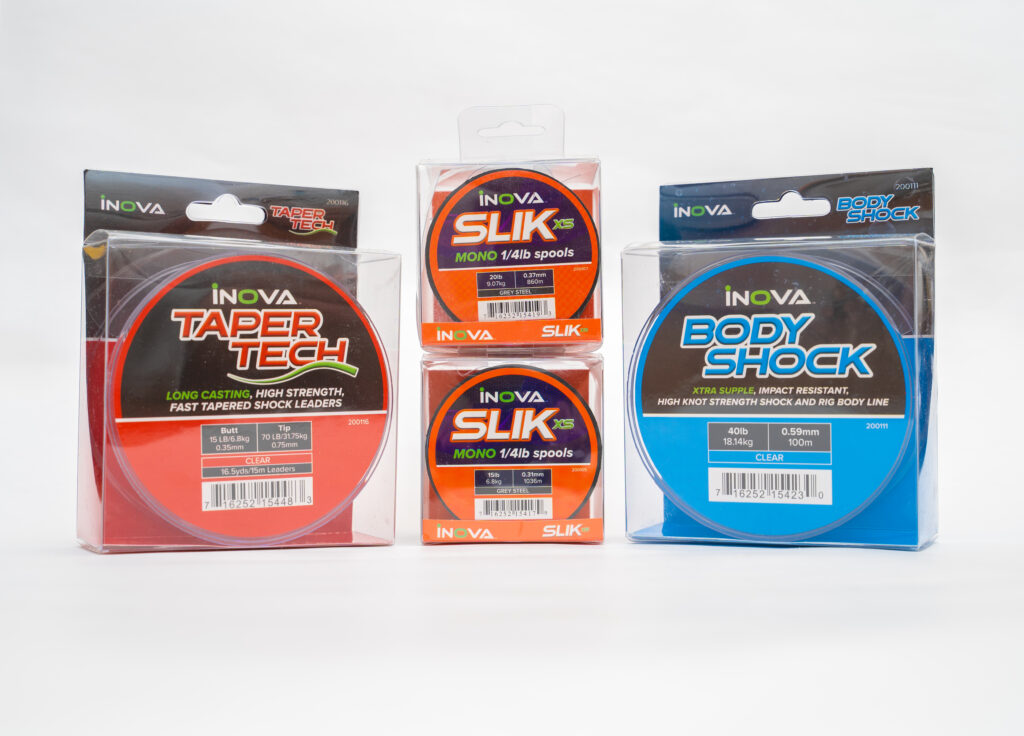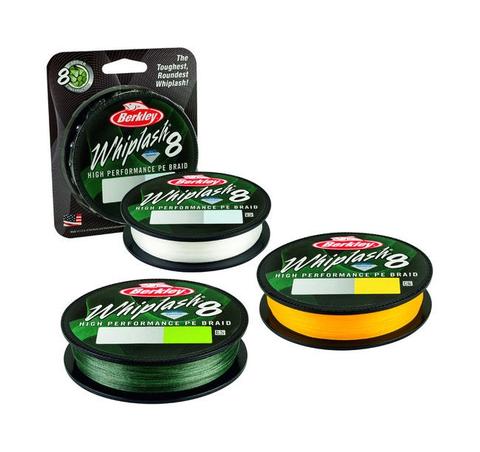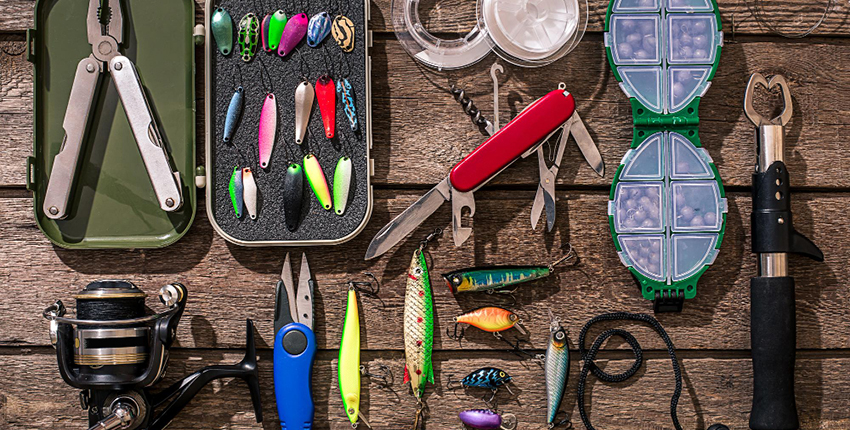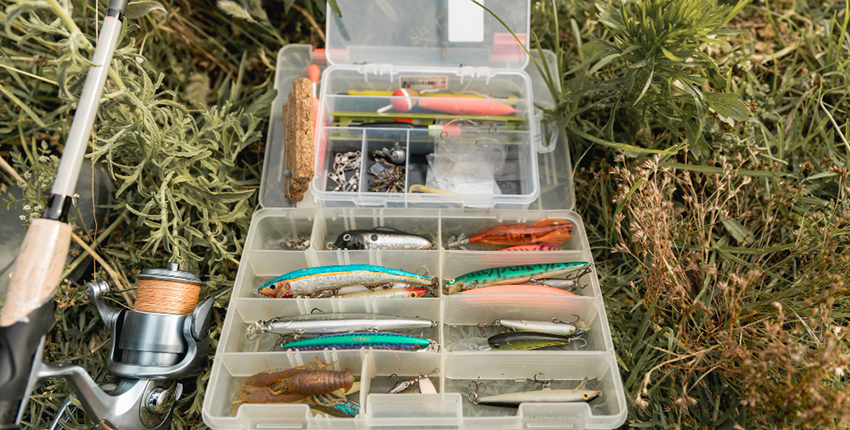The Ultimate Guide to the Best Carp Reels: Top Picks for Every Angler
Fishing, particularly carp fishing, is more than just a hobby for many—it’s a passion, a way to escape the daily grind and connect with nature. But as any seasoned angler knows, the right equipment can make all the difference between a successful fishing trip and hours of frustration. At the heart of your success lies a crucial piece of gear—the carp reel.
Whether you’re a beginner looking for your first reel or an experienced angler hoping to upgrade, this guide will walk you through everything you need to know about the best carp reels. From understanding the different types of fishing reels to learning about key features and finding the best carp reels for your budget, we’ve got you covered.
Understanding Carp Reels
What Are Carp Reels and Why Are They Important?
At a basic level, carp reels are specialized fishing reels designed specifically for carp fishing. They play a pivotal role in casting, retrieving, and controlling your fishing line, ensuring you have enough power and precision to handle these crafty creatures.
Types of Fishing Carp Reels
Carp reels come in several types, each with unique advantages depending on your fishing style, location, and target carp. Here’s an overview of the most common types to help you identify the best carp fishing reels for your needs.
Big Pit Reels
Known for their large spools, big pit reels are ideal for long-distance casting. They’re perfect for anglers targeting carp from far-off spots. The larger spool size also enables these reels to hold more lines, making them a top choice for those fishing in rivers or lakes requiring extensive line deployment.
Mini Big Pit Reels
Mini big pit reels offer the same precision as big pit reels but are better suited for smaller waters. They provide a balance of power and manoeuvrability, making them a favourite for all-around use.
Baitrunner Reels
Baitrunner reels feature a secondary drag system that allows the carp to take the bait without feeling resistance. This makes them a go-to option for anglers who prefer to set their rods and wait for a bite.
Fixed Spool Reels
Versatile and easy to use, fixed spool reels are excellent for beginners. Their straightforward design allows for smooth casting and retrieval, making them a reliable choice for anglers of any skill level.
Other Reel Types for Specialized Needs
- Boat Reels: Built for deep-water carp fishing, these durable reels offer high resistance and power.
- Multiplier Reels: Ideal for trolling or heavy-duty fishing, providing excellent torque and control.
- Fixed Spool Beach Reels: Designed for surf fishing, offering high line capacity and casting range.
- Spinning Reels: Versatile reels for anglers switching between fresh and saltwater environments.
Key Features to Look for in the Best Carp Reels
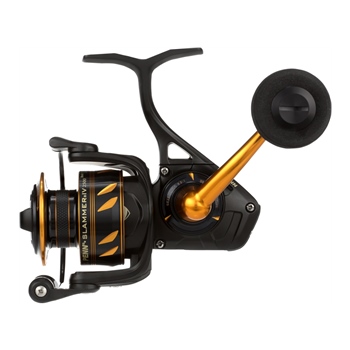
When shopping for a fish reel, it’s important to focus on specific features that directly impact performance, usability, and durability.
Build Quality & Materials
Look for reels made from corrosion-resistant materials like aluminium or stainless steel. High-quality construction ensures that your reel can handle the rigours of frequent use and challenging weather conditions.
Weight and Balance
The weight and balance of your reel play a role in your comfort during long fishing sessions. Lightweight fishing reels with ergonomic designs help you fish longer without fatigue.
Drag System
A good drag system allows you to apply just the right amount of pressure to a fighting carp. Understanding the differences between front and rear drag systems can help you choose the right reel for your style. Front-drag systems offer better precision, while rear-drag is often easier to adjust mid-fight.
Gear Ratio
The gear ratio determines how much line is retrieved with each turn of the handle. Higher ratios provide faster retrieves, while lower ratios offer more cranking power for larger carp.
Number of Bearings
Bearings influence the smoothness of your reel’s operation. The general rule: the more bearings, the smoother the performance.
Spool Capacity
If you’re fishing in large lakes or rivers requiring long-distance casting, you’ll need a reel with a larger line capacity.
Line Lay Technology
Good line lay ensures even line distribution on the spool, which is crucial for achieving long, accurate casts. Look for features like slow oscillation systems that provide precise line lay.
Where to Buy Carp Fishing Reels
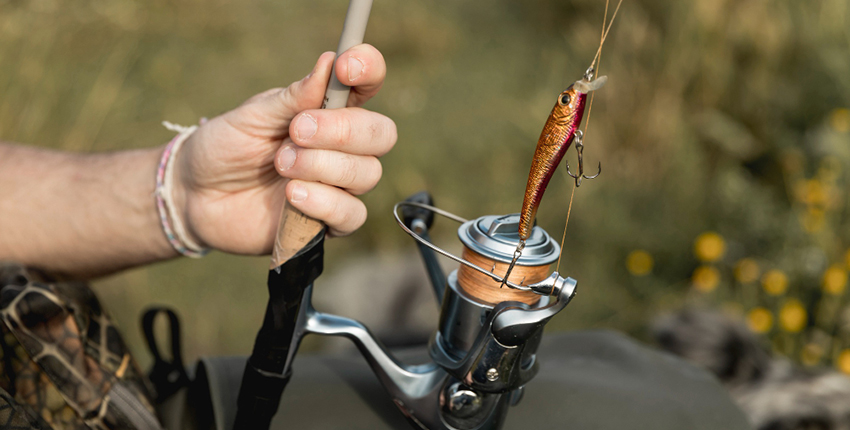
Online Retailers
- The Angling Hub Uk and Akios Fishing offer competitive prices and wide selections.
- Specialized stores like Angling Direct and Tackle Fanatics cater specifically to carp anglers with expert support.
Local Shops
Visit your local tackle shop to test reels firsthand and get personalized recommendations.
Tips for Finding the Best Deals
- Keep an eye out for seasonal sales.
- Join angler forums where experienced fishers share discount codes and promotions.
Choose the Right Carp Reel for Your Needs
Selecting the perfect sea fishing reels takes time and consideration, but it’s an investment that pays off with every successful cast. Whether you opt for a beginner-friendly bait runner or a high-end big pit reel, remember to factor in your fishing style, the type of carp you’re targeting, and your budget.
With the right reel in hand, the only thing left to do is enjoy the thrill of carp fishing!



